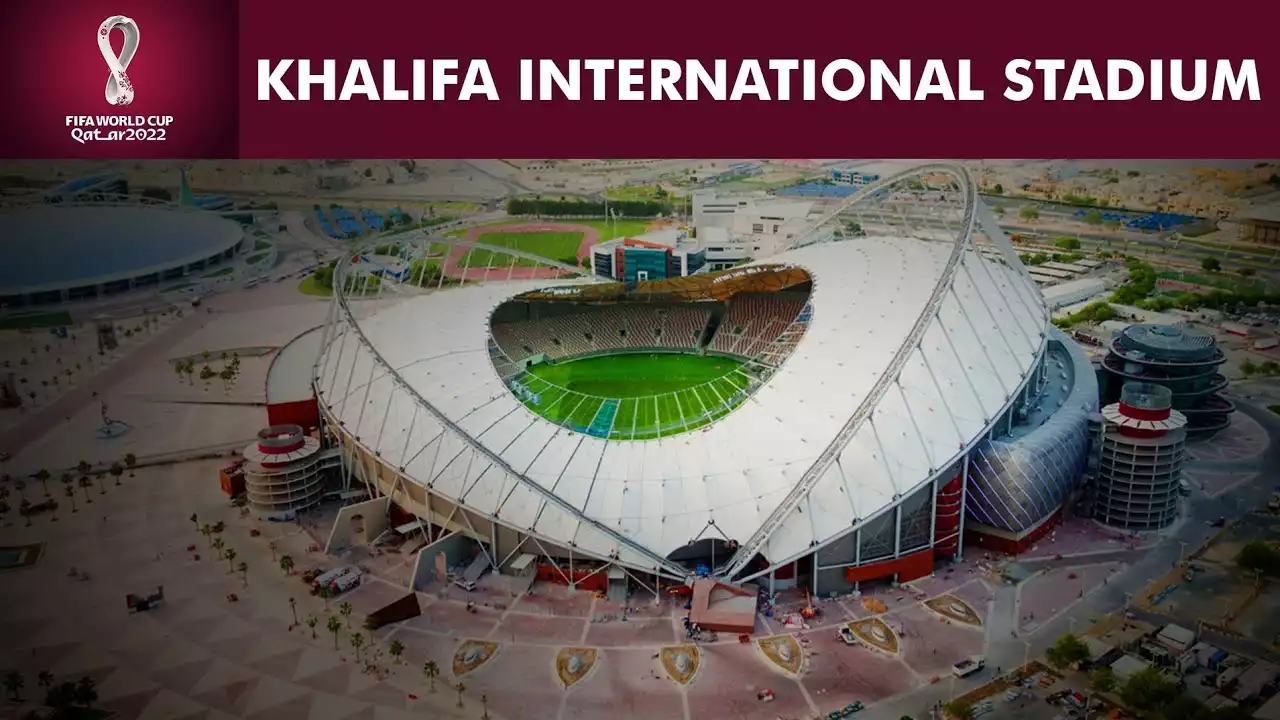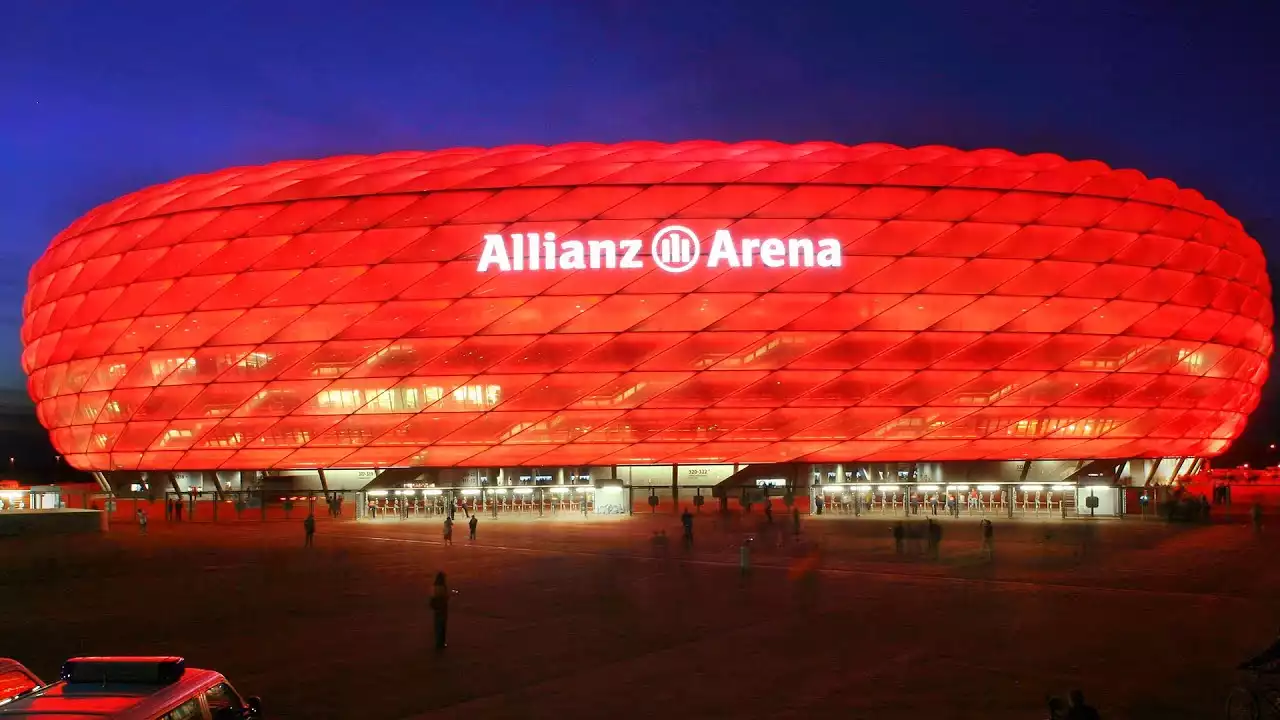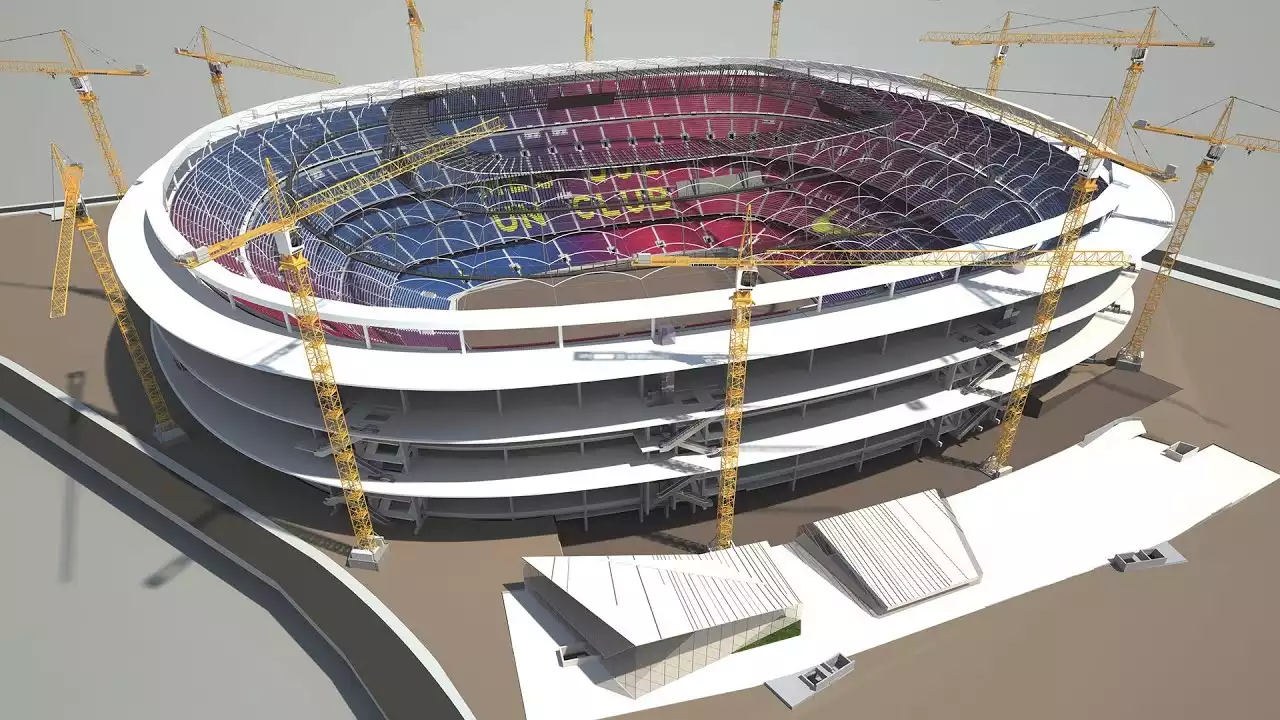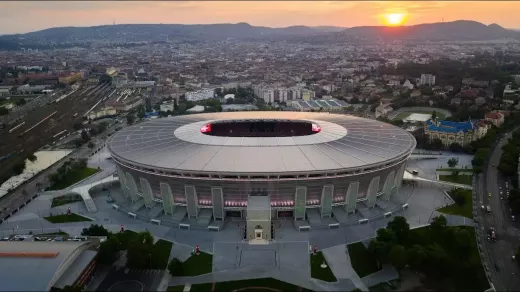Importance of hosting the Club World Cup
When it comes to hosting the Club World Cup, the choice of venue plays a crucial role in creating an unforgettable experience for both players and fans. While larger stadiums often offer grandeur and capacity, smaller venues bring a unique charm that cannot be replicated. These intimate settings allow for a closer connection between the players and the crowd, fostering a sense of camaraderie and excitement that is unparalleled. Additionally, hosting the Club World Cup in smaller venues helps to promote football in regions that may not have the infrastructure or resources to host larger tournaments. It brings the sport closer to the fans and showcases the passion and dedication of local communities.
Smaller venues also present an opportunity to showcase the diversity of football culture around the world. By hosting matches in unique locations, the Club World Cup allows fans to experience different atmospheres, traditions, and playing conditions. From tropical islands to remote villages, these venues offer a glimpse into the rich tapestry of football's global reach. The Club World Cup is not just a competition; it is a celebration of the sport and its ability to bring people together.
However, hosting matches in smaller venues does come with its own set of challenges. Limited seating capacity can pose logistical difficulties, especially when it comes to accommodating the influx of fans and media from around the world. Infrastructure and transportation may also be less developed in these areas, requiring careful planning and coordination to ensure a smooth experience for all involved. Despite these challenges, the rewards of hosting the Club World Cup in smaller venues far outweigh the obstacles, as it allows for a more intimate and immersive football experience.
Advantages of hosting matches in smaller venues
While larger stadiums provide a sense of grandeur and spectacle, smaller venues offer a more intimate setting that allows fans to be closer to the action. In these compact stadiums, every cheer, chant, and roar is amplified, creating an electrifying atmosphere that envelops the players and spectators alike. The proximity between the stands and the pitch creates a sense of connection that is hard to replicate in larger arenas. Fans can feel the energy of the game pulsating through their veins as they witness world-class players showcasing their skills just a few meters away.
Hosting matches in smaller venues also has practical advantages. With fewer seats to fill, it becomes easier to create a sold-out atmosphere, ensuring that every match is a memorable event. Smaller venues can also provide a more affordable and accessible experience for fans, allowing a wider range of supporters to attend the matches. This inclusivity and accessibility contribute to the spirit of the Club World Cup, where fans from all walks of life come together to celebrate the beautiful game.
From a logistical standpoint, smaller venues are often more manageable to operate. With fewer facilities to maintain and staff, it becomes easier to ensure a smooth running of the matches. Local communities can also play a more active role in the organization, fostering a sense of pride and ownership in hosting such a prestigious tournament. By choosing smaller venues, the Club World Cup creates opportunities for lesser-known locations to shine on the global stage and leave a lasting impression on both players and fans.
Unique experiences for fans in smaller venues
One of the most remarkable aspects of attending a match in a smaller venue is the unique experience it offers to fans. Unlike large stadiums where fans are often separated by several tiers and barriers, smaller venues bring everyone closer together. The sense of community and camaraderie among fans is palpable, creating a vibrant and passionate atmosphere that is truly special.
In these intimate settings, fans have a chance to interact with players on a more personal level. From high-fives before the match to autograph signings after the game, the accessibility of players in smaller venues allows for meaningful connections to be forged. Supporters can feel like an integral part of the action, cheering on their favorite players and celebrating victories alongside them. These close interactions create lifelong memories for fans, fostering a deep sense of loyalty and connection to the club and the tournament.
The smaller size of these venues also means that there are no bad seats. Regardless of where fans are seated, they have an unobstructed view of the pitch, ensuring that they don't miss a moment of the action. The proximity to the players adds an element of excitement and intensity that is unmatched in larger stadiums. Every pass, tackle, and goal is experienced with heightened emotions, making for an unforgettable experience for fans.
Memorable moments from Club World Cup matches in smaller venues
Over the years, smaller venues have witnessed some of the most memorable moments in Club World Cup history. From underdog victories to breathtaking goals, these matches have etched themselves into football folklore. One such iconic moment occurred in 2014 when San Lorenzo, a small club from Argentina, defeated Real Madrid, one of the giants of European football, in the final. The match took place at the Maracana Stadium in Rio de Janeiro, a venue known for its rich footballing history. Despite being a larger stadium, the atmosphere created by the passionate San Lorenzo fans made it feel like a small, intimate venue, with their cheers echoing through the stadium as they celebrated their historic victory.
Another memorable moment came in 2011 when the Club World Cup was held in Japan. The final between Barcelona and Santos took place at the International Stadium in Yokohama, a relatively small venue compared to some of the other stadiums that have hosted the tournament. It was in this match that Lionel Messi showcased his brilliance, scoring two goals and leading Barcelona to a resounding victory. The intimate setting allowed fans to witness Messi's genius up close, as he weaved his magic on the pitch.
These are just a few examples of the unforgettable moments that have unfolded in smaller venues during the Club World Cup. Whether it's the passion of the fans, the brilliance of the players, or the sheer drama of the matches, these venues have provided the backdrop for some of the most captivating moments in football history.
Impact of hosting the Club World Cup on local communities
Hosting the Club World Cup in smaller venues can have a profound impact on the local communities. It brings international attention to these lesser-known locations, putting them on the map and showcasing their unique culture and heritage. Local businesses benefit from the influx of visitors, with hotels, restaurants, and shops experiencing increased revenue during the tournament. The economic boost can have long-lasting effects, helping to spur development and investment in the region.
Furthermore, hosting the Club World Cup fosters a sense of pride and unity among residents. The tournament becomes a rallying point for the community, bringing people together to support their local team and showcase their hospitality to the world. The enthusiasm and passion of the fans create a festive atmosphere that permeates the entire town or city, leaving a lasting impression on both visitors and locals alike.
Beyond the immediate economic and cultural impact, hosting the Club World Cup can also leave a legacy in terms of sports infrastructure and development. Smaller venues that may not have had the resources or exposure to host major tournaments before can use this opportunity to improve their facilities and attract more sporting events in the future. The Club World Cup becomes a catalyst for growth, leaving a lasting legacy for the community long after the final whistle has blown.
Future prospects for smaller venues in hosting major tournaments
As the world of football continues to evolve, there is an increasing recognition of the value that smaller venues bring to the game. Major tournaments such as the Club World Cup are no longer exclusively reserved for the largest and most iconic stadiums. Organizers are realizing the unique atmosphere and experiences that smaller venues offer and are actively seeking out these hidden gems to host their events.
This shift towards smaller venues opens up exciting prospects for locations that have historically been overlooked. It allows for a more diverse range of host cities and towns, showcasing the global appeal of football and the passion of its fans. Smaller venues now have the opportunity to compete on a global stage, attracting international attention and leaving a lasting legacy in the world of football.
The future of hosting major tournaments in smaller venues looks promising. As technology advances and connectivity improves, even the most remote locations can now host world-class events. This opens up a world of opportunities for communities that may have previously been considered too small or isolated. The Club World Cup serves as a shining example of how smaller venues can create an unforgettable experience for players and fans alike, and it is a trend that is likely to continue in the years to come.










